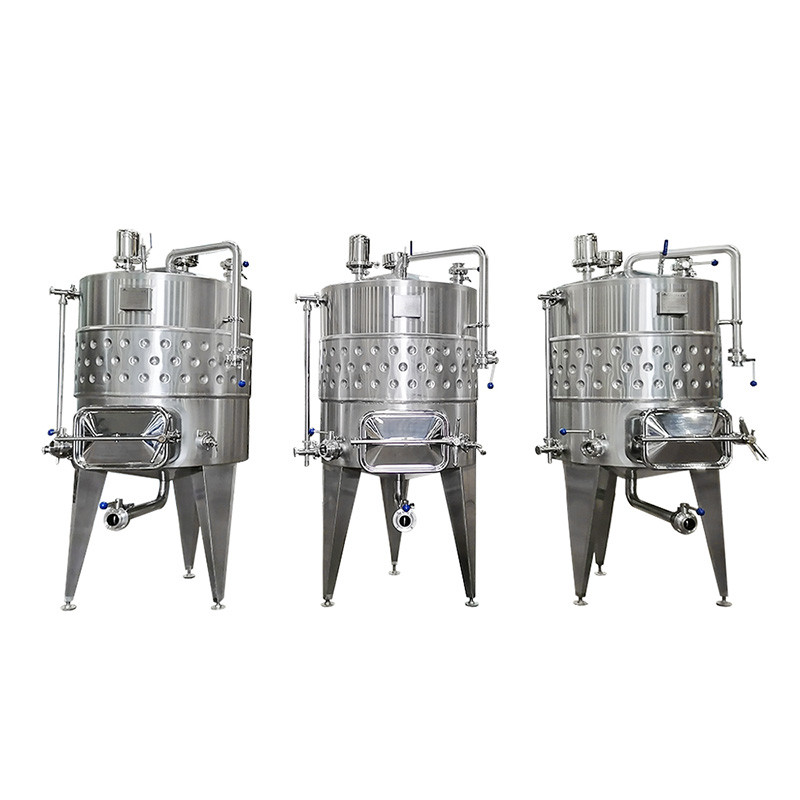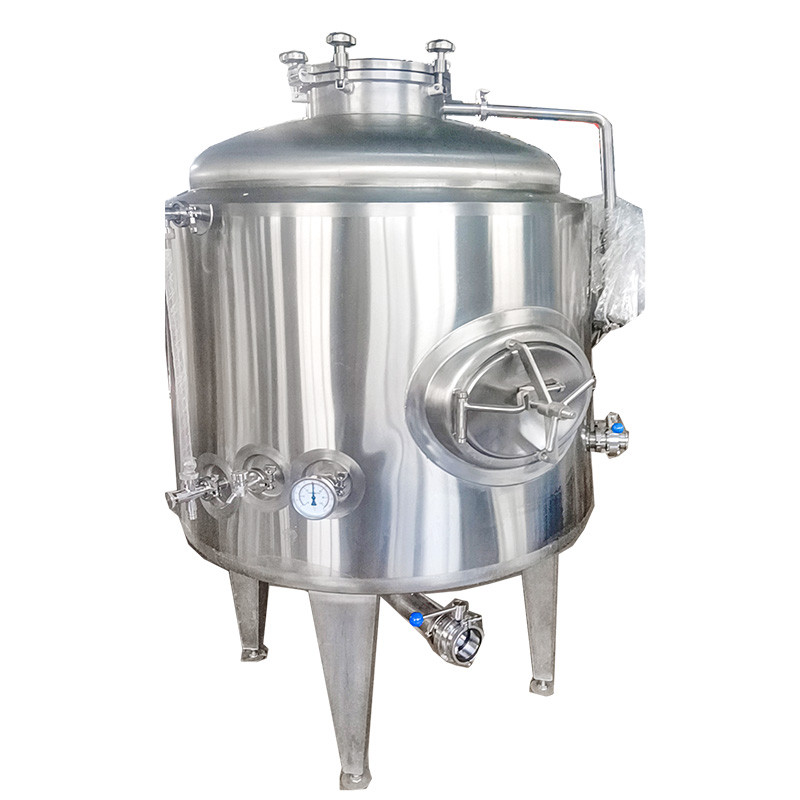What Equipment Do You Need to Brew Cider? — A Guide for Home and Commercial Cider Makers
Cider, as a timeless yet modern beverage, has seen a global resurgence in recent years. With the rise of home brewing trends and small-scale craft production, more and more people are exploring the potential of making their own hard cider. However, before getting started, many beginners face the same key question: what equipment is actually needed to brew cider?
This article will focus on that question and provide detailed guidance on the cider brewing equipment needed for everything from home kits to small commercial setups. Whether you’re new to fermentation or planning a production line, this guide will help you build a cider system that works for you.
1. Basic Cider Brewing Process
Cider making is relatively straightforward, consisting of four main steps: pressing, fermentation, maturation, and bottling. Fresh apples are crushed and pressed into juice, then transferred to fermentation containers with added yeast to convert sugar into alcohol. After several weeks of fermentation, the cider is clarified and matured before being bottled. Controlling temperature, sugar levels, and oxygen is critical throughout the process.
Because the process is relatively structured, it’s become accessible to home users and small-scale producers, driving demand for cider brewing tools, kits, and professional systems.

2. Equipment Needed for Home Cider Brewing
For home brewers, a complete home cider making kit is a good starting point. These kits generally include a juicer or press, fermenter, airlock, yeast packet, hydrometer, and bottling tools.
The first item is a juicer—either a manual fruit press or a small electric model to process fresh apples. Next comes the fermenter, which should be made of food-grade plastic, glass, or stainless steel. These home cider making equipment options often include airlocks and tight-fitting lids to keep contaminants out and ensure stable fermentation.
A hydrometer, thermometer, and cleaning tools are also essential, even though they are small. These allow you to monitor the fermentation process and help achieve the desired flavor and alcohol level in your hard cider.
For bottling, you’ll need bottles, a siphon, and a capping device—all of which fall under common cider making supplies or wine making accessories supplies.
3. Equipment for Small-Scale Commercial Cider Brewing
For those scaling up from home production, the equipment requirements change significantly. Commercial-grade cider making equipment for sale typically includes automated apple crushers, large-scale presses, stainless steel fermenters, cooling systems, and filling/packaging lines.
Raw apple processing requires an electric crusher and hydraulic press to improve efficiency. Once juiced, the cider is transferred into temperature-controlled fermenters. These fermenters, available in capacities from 200L to 2000L, help ensure consistent fermentation and quality.
Commercial operations also use brite tanks, storage tanks, and post-processing equipment, along with bottling and labeling systems. These setups suit cider producers targeting bars, restaurants, or small retail distribution.

4. Frequently Asked Equipment Questions for Beginners
Many beginners wonder: what product allowed people to brew wine at home? The answer lies in the emergence of practical home cider making kits and hard cider making kits. These all-in-one packages include essential tools that make it easy for newcomers to start brewing cider at home.
Some enthusiasts prefer to assemble their own kits using items from the wine making accessories supplies market. This DIY approach offers more flexibility and customization for those with prior fermentation experience.
5. Can Wine-Making Equipment Be Used for Cider?
Much of your existing professional wine making equipment can also be used for brewing cider. For example, fermenters, presses, and bottling systems are often compatible. The main differences lie in yeast selection, temperature control, and oxidation management. If you already have a wine brewing setup, minor adjustments can enable cider production.
6. How to Choose the Right Cider Brewing System
Your choice of cider brewing equipment depends on production scale, target product type, and budget.
Home beginners: Choose an all-in-one cider making kit for simplicity and low cost.
Intermediate hobbyists: Purchase separate tools like a juicer and fermenter from cider making supplies.
Small commercial users: Invest in a dedicated commercial cider making equipment setup to ensure efficiency and quality.
Existing wine equipment owners: Add on apple cider making equipment for sale to complement your current system.
7. Conclusion
Cider brewing is both a science and an art. Whether you’re researching how to make homemade hard cider or planning a small-scale hard cider production line, choosing the right cider making equipment is your first step toward success.
When you’re holding a bottle of your own apple hard cider beer, you’re not just enjoying a drink—you’re experiencing the result of knowledge, craftsmanship, and personal effort. Start today by learning the tools, mastering the process, and entering the world of cider brewing.

